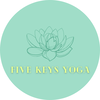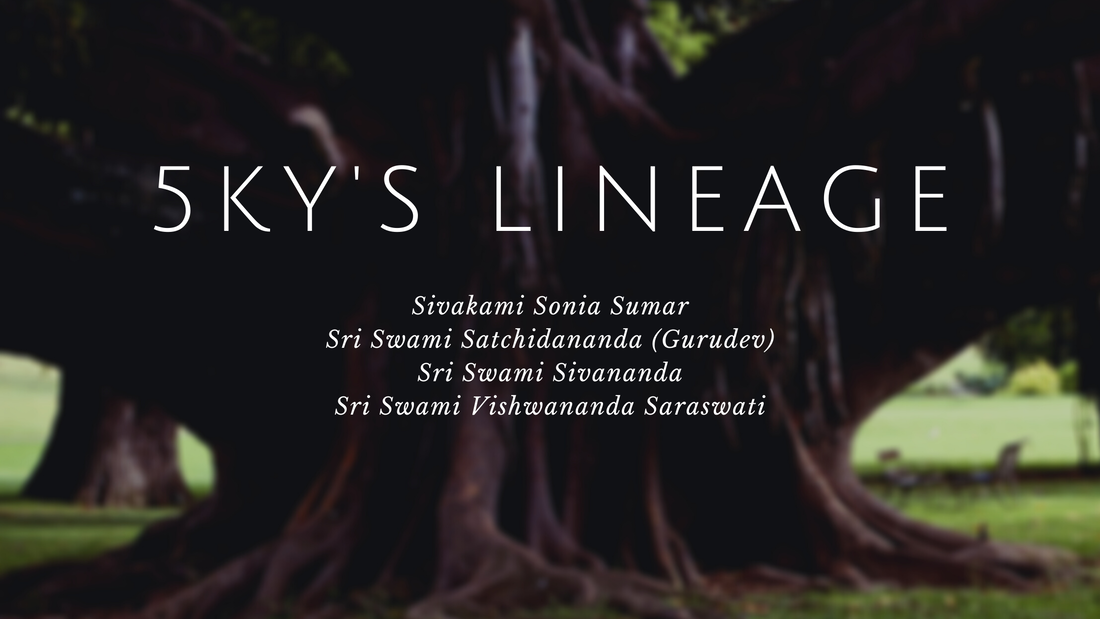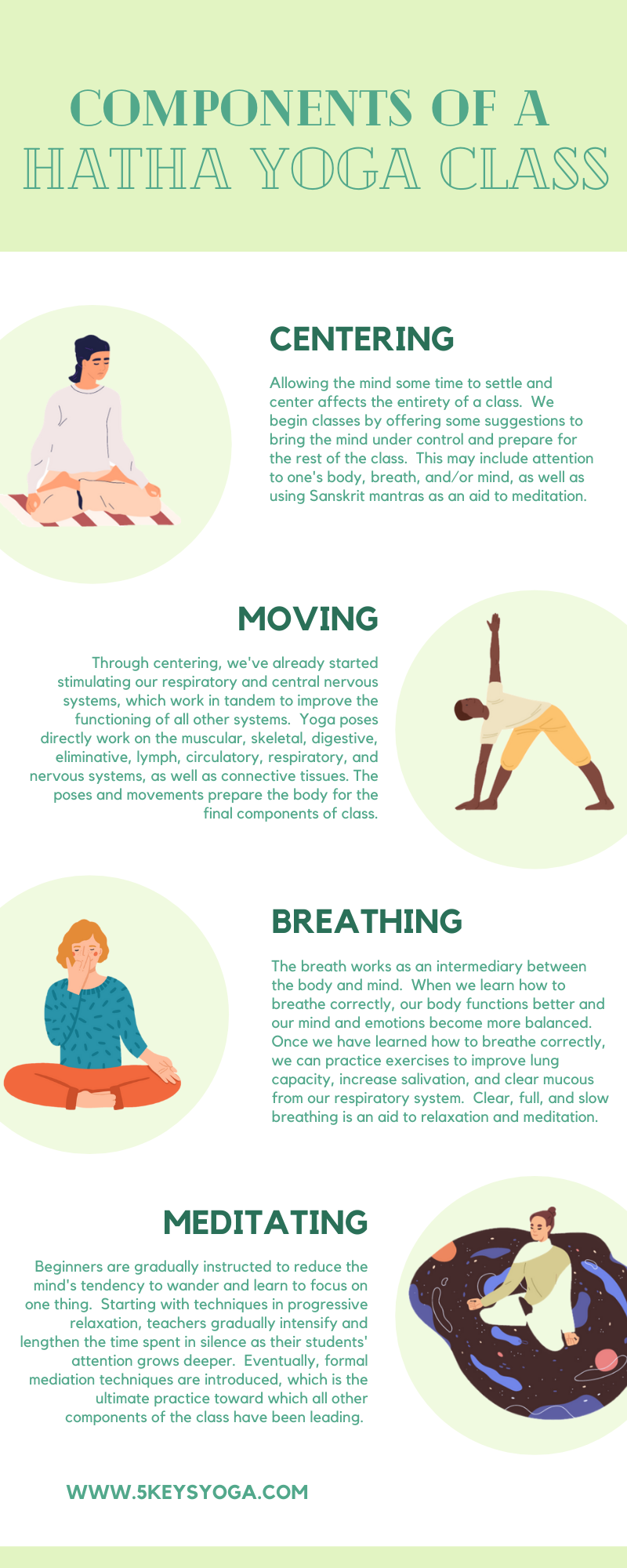|
Truth is one; paths are many. - Sri Swami Satchidananda What kind of yoga do you practice? For those who don’t practice yoga or dabble in it only once in a while, this is a logical question. Outwardly, it seems like there are different types of yoga. Hatha, vinyasa, and ashtanga are some of the different types of yoga, right? (What’s the difference?) If you’re just getting started in exploring yoga, congratulations and welcome! You might want to look at this infographic to get a sense of what kind of practices are included in the Integral Yoga tradition, which is the tradition Rita (my co-director) and I follow. When I talk with committed students of yoga (and wow, have we been having some interesting discussions in our Yoga Sutras study group this past month!), there’s often a sense of understanding between us. “You know what yoga really is. You feel it.” Because yoga is not entirely logical. Yes, you can apply logic to yoga to deduce how yoga consistently produces its effects when practiced for a long time, with one’s whole heart, and without break. But that is only one side of yoga - the “science side” if you will - the what and how. There is also the art of yoga and that you can only feel. The art of yoga answers why we practice yoga. They work together. The logical side allows us to refine our technique and overcome common obstacles. The emotional side gives us joy and inspires us to continue improving.
This dance between the art and science of yoga is what dictates one's lineage. Take Swamiji’s quote this month as an example. "Truth is one; paths are many." I think the art of yoga allows us to recognize and revel in what is true, and the science of yoga is the path to that understanding. From that quote, we can see that yoga is so much more than a sequence of bodily positions. As I have been learning through our Sutra discussions, yoga is about learning how to enfold oneself into the spirit from whence we came. It’s about finding more ease and grace in the way we live. It’s about learning how to love unconditionally. So when someone asks what kind of yoga I practice, I smile and think, “the only kind.” What I’m getting at is the path isn’t what really matters. If you’re headed in the right direction, you’ll get to the truth no matter which path you take. That truth is yoga, which is unity. I think things have gotten mighty confusing regarding lineage in recent decades. For centuries, successive adepts studied with their successive masters, trusting them completely, learning under them (even after their Guru’s passing) until they reached the truth. It’s like having a guide to walk you through the wilds of your own mind. They have a map you can use. Some students of yoga stop refining themselves once they’ve mastered a few of the first benefits of yoga. They don’t carry on to the final goal. These people may become skilled at something very impressive through their regular practice, which convinces others that they know a path to the truth. But if this teacher doesn’t continue to refine themselves toward the final goal of yoga (yes, that part again about enfolding oneself into the spirit from whence we came), they can lead others astray. In my opinion, this seems to be where our Western disillusionment with lineage arises. There are many sad examples of teachers using their partial skill in yoga to manipulate people who trusted them. However, having a Guru, teacher, or guide that has continued all the way to the end has significant benefits to the yoga practitioner. RETAINS TRADITIONS AND RESISTS APPROPRIATION The first benefit is it keeps the traditions of yoga intact. Full disclaimer, I am not the best person to talk about yoga and cultural appropriation, being a white woman. What I have heard from some Desi Yoga teachers is if we want to teach and learn yoga in a culturally sensitive way we should study yoga with roots where it began, in India. I’m not saying your teacher must be from India - mine is from Brazil - but the roots of your teacher’s lineage should extend to India if we are intending to present yoga authentically. This would be better than editing a system developed over thousands of years to suit our personal sensibilities, especially if we are yoga teachers, because we can confuse people who haven’t practiced yet. Otherwise, let’s call what we’re doing asana, which refers specifically to the positions we hold while actively practicing yoga. I am not guiltless of this. If you have taken classes with me for a while, you probably noticed that over the years, I have started including everything my teacher taught me, mantras, eye exercises, breathing exercises, meditation, and all. But I didn't always do it this way, for fear of people not understanding or accepting the way that I teach. Now, my classes completely align with the way my Guru has instructed me to teach yoga, the way her Guru (Swami Satchidananda) taught her how to teach, and the way his Guru (Swami Sivananda) taught him to teach, and so on. TIME-TESTED, SAFER, AND MORE DIRECT The second benefit is that the system the lineage has shaped over hundreds or perhaps thousands of years has been time tested by a variety of different people. It is probably safer and more direct than a route you make up on the fly. Have you ever tried to cook something technically difficult like maki rolls? The first time you do it, the result is probably pretty clumsy unless you happen to be extremely gifted at cooking. If you practice it over and over again, you will probably eventually learn how to make pretty nice maki rolls with much trial and error. It might take a while due to confusion over which recipe is best or because watching videos of other people’s technique doesn’t give you insight about your own. At worst, your knife skills could become dangerous. But if you were studying maki making under a master sushi chef, you would probably learn how to easily make beautiful rolls pretty quickly. Chef would have you do it over and over again every night, critiquing your technique and the result, not letting you settle for anything less than the best you can do, and definitely not sending your work out to customers unless it was up to the kitchen’s standards. Once you learned how to reliably make maki impeccably, you might train other newbies because Chef is too busy to teach everyone directly. Why would learning yoga - and we’ve already determined that yoga is nothing less than learning to live life with grace - be any different? We can and should study on our own but if we want to learn properly and quickly, learning under an expert is ideal. CONNECTIONS WITH LIKE-MINDED PEOPLE The third benefit of finding a teacher who you connect with and whose path is toward the truth is that they will effortlessly connect you with like-minded people. When someone is really good at teaching yoga, people will find out. Their most committed students will come again and again and get to know one another. A community of such people, or sangha, is a grounding force for those members. Communing with other humans who are traversing this difficult path is uplifting, comforting, and affirming. I am lucky because I heard about my Guru from my mother (who is my first Guru). So I had some assurance in the quality of the instruction I was about to receive. But let’s say you don’t have that assurance. How would you go about ascertaining whether a yoga teacher has at least a partial map to the truth? And how can a person know if that path is the right one for them? I would suggest asking potential instructors about their own teacher. Where did they study? What is their teacher’s lineage? What are the philosophies that lineage holds? What is your instructor's personal philosophy on instructing yoga? Then, ask yourself questions about how you feel when you practice with them. Do I feel seen and safe? Does my instructor understand me (not just my goals but my path)? Does what this teacher says resonate with me deep down in my soul? Will this instructor encourage me to progress, even if progress feels scary? Have some confidence that, as is expressed in Swamiji’s quote, “truth is one.” Compare what your teacher says to other things you know to be true and see if they align. You may have received these truths through spiritual or religious experiences, study of great minds, or your connection to other people who aim for love and unity in their dealings with the world, though this list is not comprehensive. That’s why paths are many. The deepest truth you will have to confront when approaching a potential teacher is the one within you. When you find the one who speaks to you, it will resonate with every fiber of your being. This is the art of yoga and is really quite inexplicable but I can tell you, you will know.
0 Comments
Leave a Reply. |
Archives
July 2024
About
Just some thoughts about yoga as I go... Categories
All
|
FIVE KEYS YOGA
|
WHAT OUR CLIENTS SAYFive Keys is fantastic! The studio is lovely and soothing, and the teachers are very caring and attentive. |
I've ... probably been to 25 different yoga studios. This is one of the most welcoming, calming spaces with very talented instructors. |
I love this yoga studio. It's a great balance of a good workout and relaxation and feels like a real community. |
An ideal studio for someone new to yoga. |



 RSS Feed
RSS Feed
